The Advent Wreath: origin of the tradition, symbolism, shape and orientation in the home according to Fengshui.
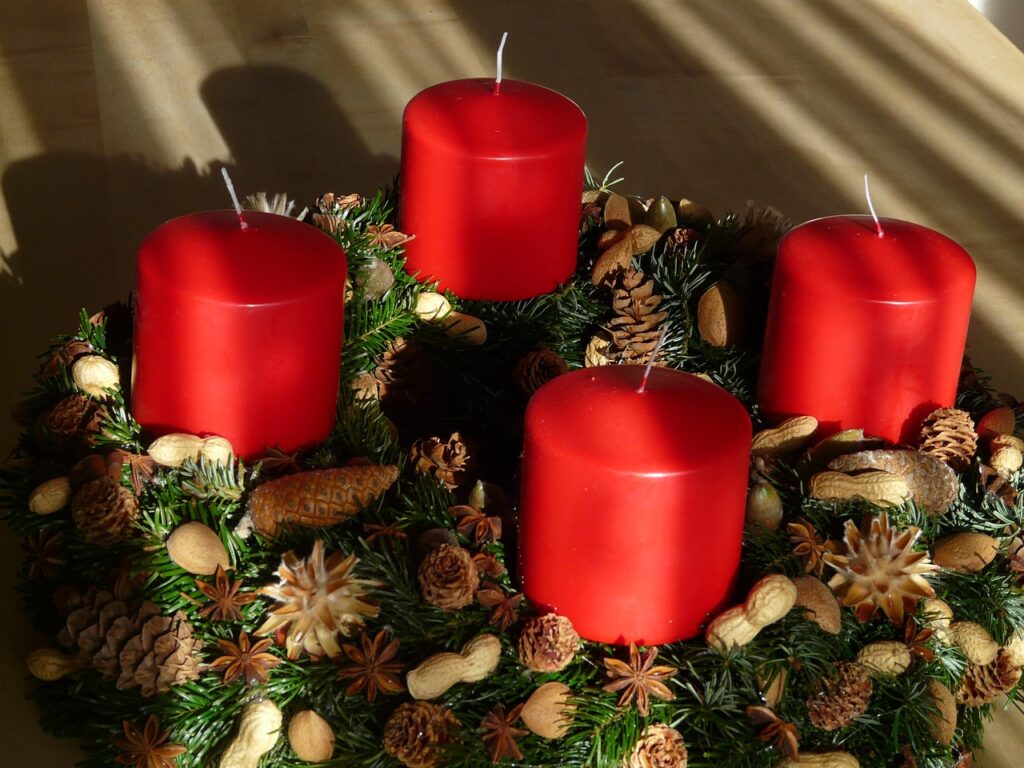
The Advent Wreath – Photo by Hans from Pixelbay
A very ancient tradition, born in the countries of Germanic and Anglo-Saxon culture, involves the preparation of the Advent wreath (called Adventskranz), made of evergreen branches (fir, pine, etc.) and red and white candles. Its creator was Johann Hinrich Wichern (1808-1881), a Protestant pastor and evangelical theologian.
In the original version of Pastor Wichern, 24 candles were provided, one for each day of Advent.
Today the Advent Wreath has a circular base structure, covered with branches of evergreen plants on which 4 candles are placed. The shape of the wreath, circular, without beginning or end, covered with evergreen leaves, represents eternity and eternal life found in Christ.
The 4 candles of the crown represent the four Sundays of Advent and must be lit one per week, maintaining the order each time they are lit over the course of the four weeks.
The first candle, purple or red, is the Candle of the Prophet, to remember the prophecies about the coming of the Messiah.
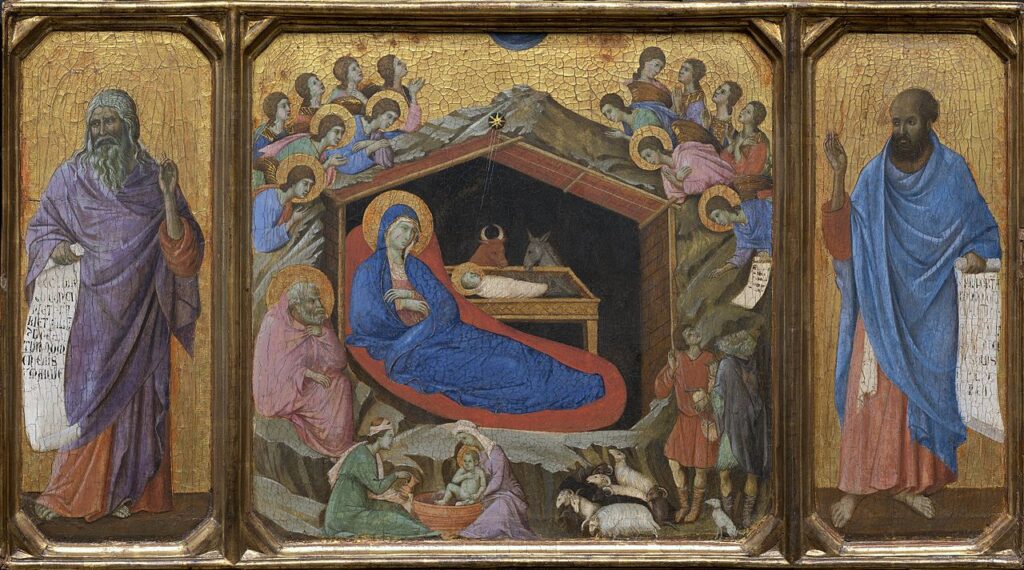
The Nativity between the Prophets Isaiah and Ezekiel by Duccio di Buoninsegna – Francesca Salvadori, Washington National Gallery of Art, Electa, Milan 2005., Public domain, https://commons.wikimedia.org/w/index.php?curid=9813506
The second candle, purple or red, is the Candle of Bethlehem, to remember the city where the Messiah was born.
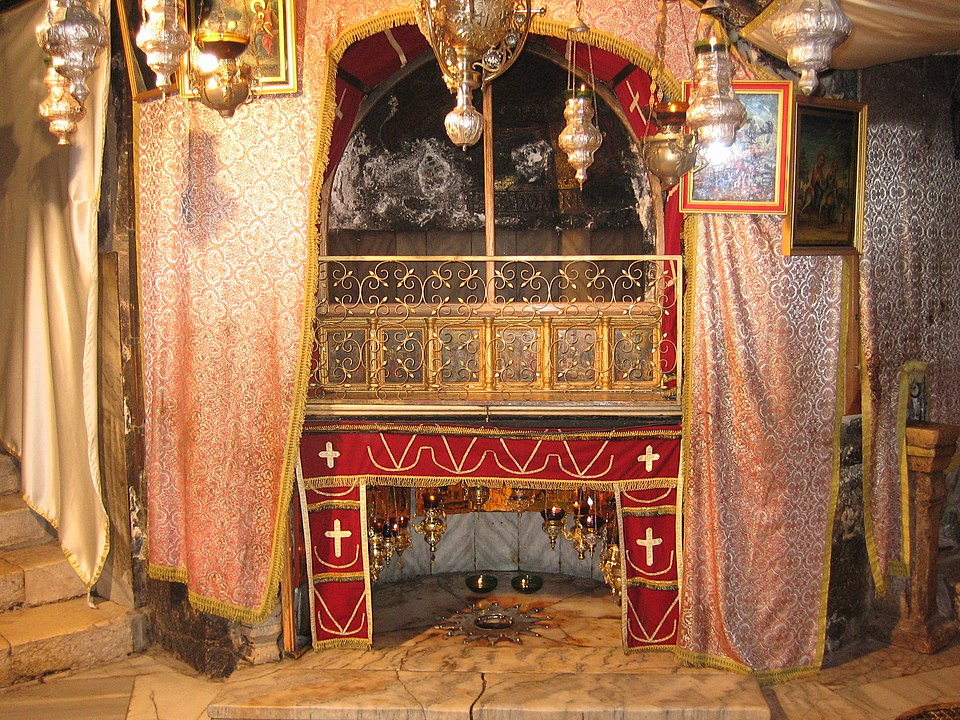
Bethlehem, the Basilica of the Nativity – Place identified as the birthplace of Jesus – By Darko Tepert Donatus – Own work, CC BY-SA 2.5, https://commons.wikimedia.org/w/index.php?curid=1508454
The third candle, purple or red, is the Candle of the Shepherds, indicating the first people who saw and worshiped the Messiah; this candle can also be pink like the vestments used by the priest in this Liturgy.
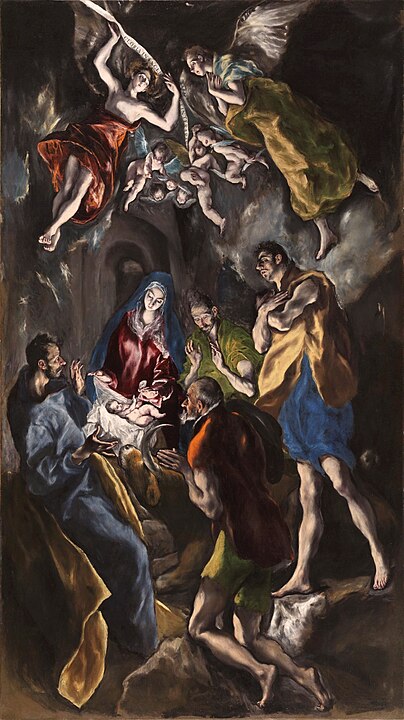
Adoration of the Shepherds by El Greco – Public domain, https://commons.wikimedia.org/w/index.php?curid=96527
The fourth candle, purple or red, is the Candle of the Angels, the first to announce the birth of the Messiah to the world.

Beato Angelico – Annunciation – By Sailko – Own work, CC BY-SA 4.0, https://commons.wikimedia.org/w/index.php?curid=93767809
According to another tradition, the lighting of each candle indicates the victory of Light over darkness occuring thanks to the ever closer coming of the Messiah; the candles represent Hope, Peace, Joy and Love, while the crown is a symbol of unity and eternity and the evergreen leaves symbolize the hope of eternal life.
The Advent Wreath can be decorated with red bows and ribbons, a symbol of the love of Jesus becoming man.
In some versions there is also a fifth candle, white, to be placed inside the crown: the candle represents Christ and is lit at the first vespers of Christmas Eve.
The Advent Wreath can be placed in the living room, or in a place where the family gathers and be the center of daily or weekly prayer, but we can harmonize its placement with the Fengshui compass. The ideal thing would be the center of the house so as to configure the wreath as a mandala governing the circulation of energy throughout the house thanks to the round shape and the four candles that can be aligned with the four cardinal points. We can also move its position starting from the first Sunday of Advent following the indications of the azimuth astral chart, calculated for the beginning of the event, that is the sunset of the 30th of november when the Vesper prayers begin:
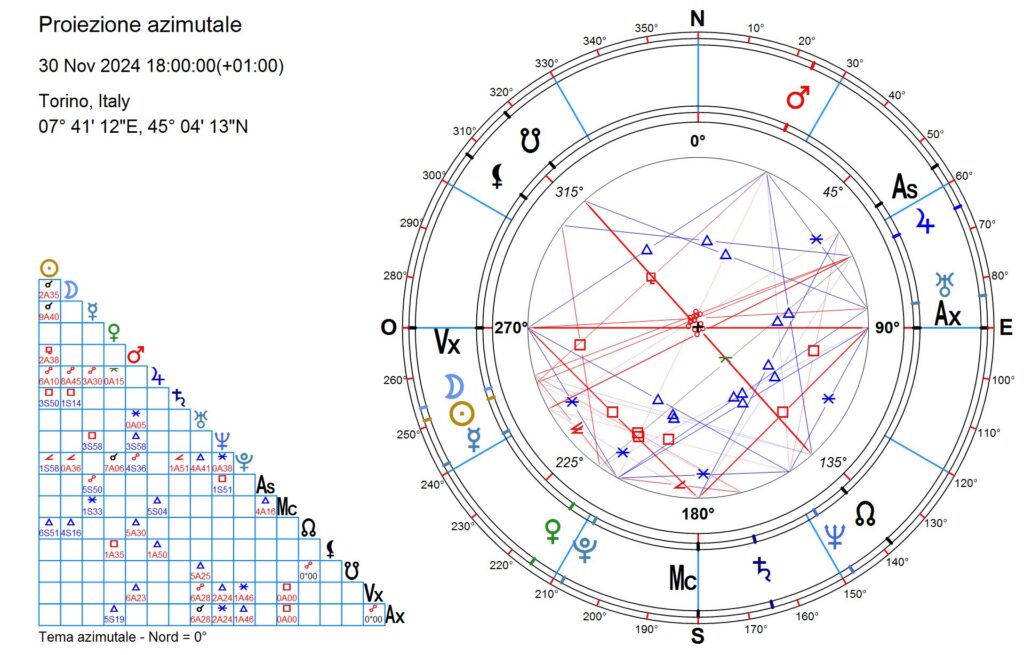
The New Moon is southwest-west oriented, where it is therefore preferable to orient the purple or red candle of the Prophet, symbol of the first Sunday of Advent, which celebrates the prophecy of the Messiah’s’ birth. We can then enrich the symbolism by placing, in the same direction, stones connected to Spiritual Healing, such as Amethyst.
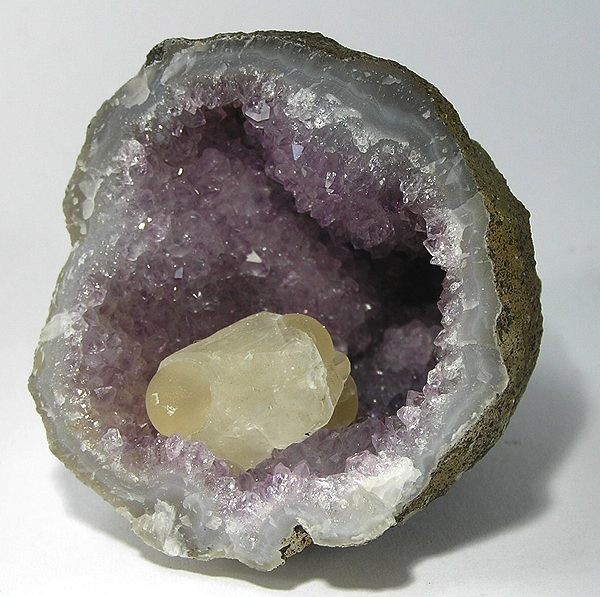
Small amethyst geode inside which a calcite crystal has developed with botryoidal fluorite growths – By Rob Lavinsky, iRocks.com – CC-BY-SA-3.0, CC BY-SA 3.0, https://commons.wikimedia.org/w/index.php?curid=10149796